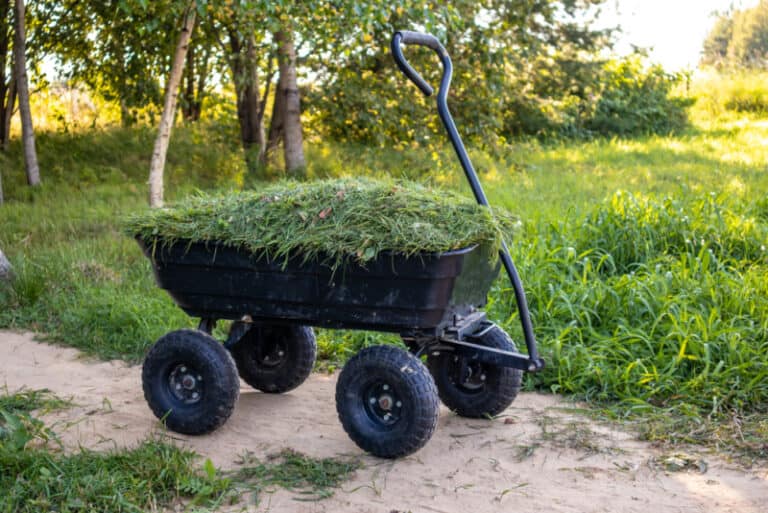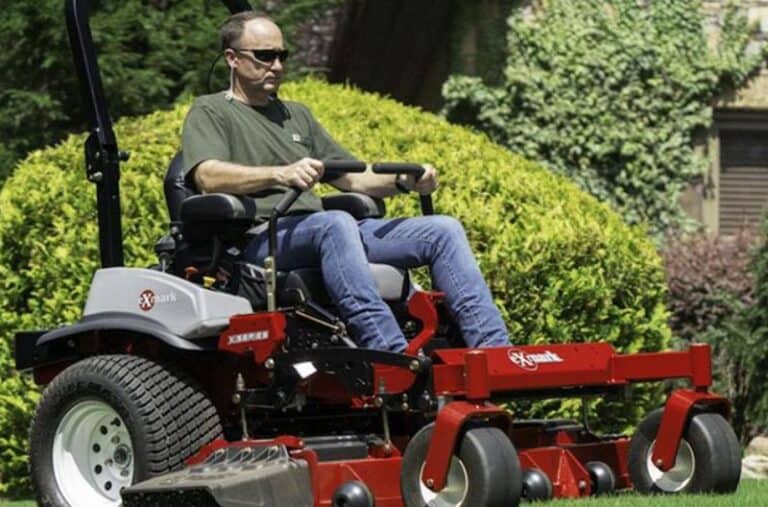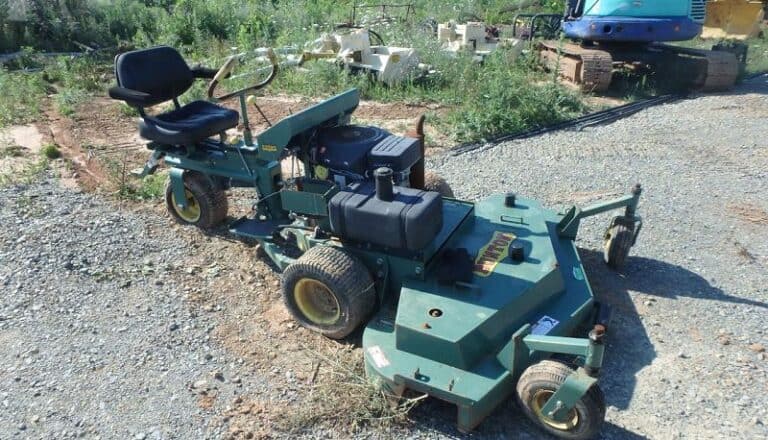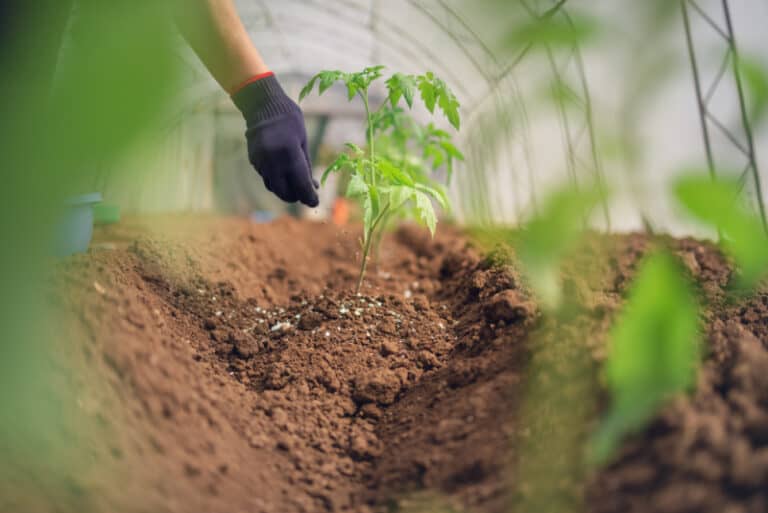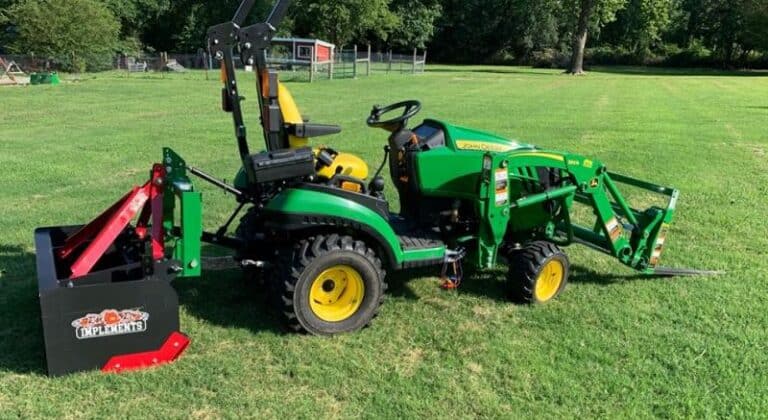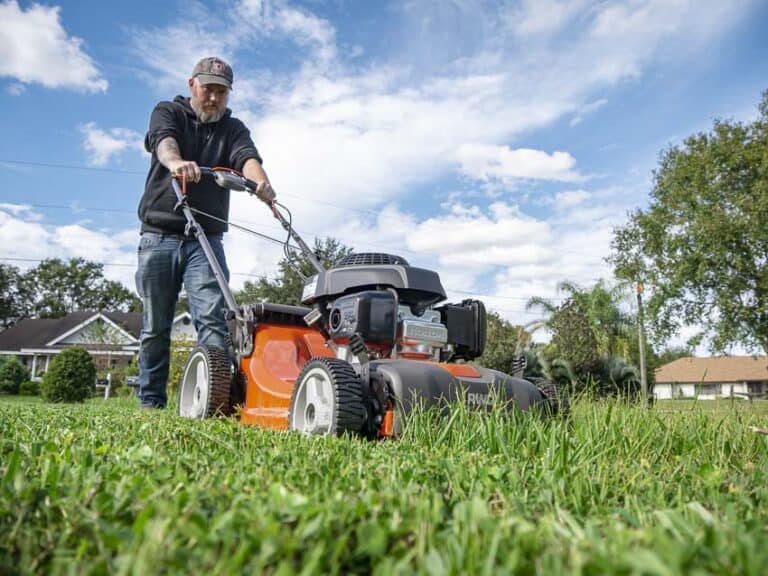How to Clean Out a Sprinkler Valve Box The Easy Way
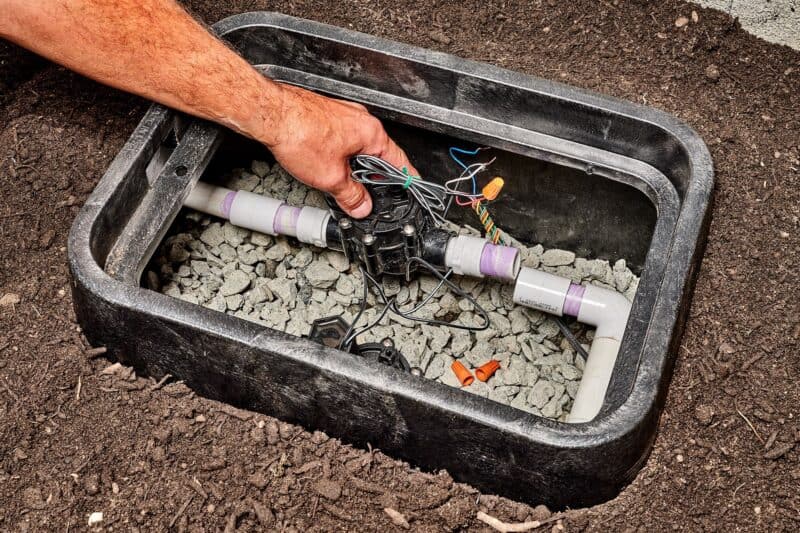
There are two basic ways of cleaning out a sprinkler valve box, those being the manual method with your hands, and using a high-pressure water hose. It is often a dirty job, since dirt tends to accumulate in the box, but it is necessary for the continued good operation of your sprinkler valve box. In this article, we’ll review how to clean out a sprinkler valve box using the least amount of effort and hassle, and eventually you’ll get quite proficient at doing it quickly and easily.
What is a sprinkler valve box?
A sprinkler valve box is a durable enclosure that will protect your lawn irrigation manifold, valves, and wiring, thereby maintaining your irrigation system securely against weather elements, lawn mowing accidents, and other types of damage. The valve box is the place where water from the main valve gets directed and managed. It’s better if your sprinkler valve box is not directly buried in the soil, since the valves constitute precision equipment that need a clean and dry setting in order to properly function.
When either the valves or the entire manifold is buried under the surface without a protecting enclosure, there is a high potential for damage to the wiring or the pipes that help those valves do their work properly. If you’re having a very rainy season, it will be very easy for water to accumulate in the valve box when it’s buried in the ground. The manifold will also require regular maintenance, and if this gets buried without a surrounding enclosure, it generally won’t take long before those valves are in bad condition.
You’ll also have to dig them up whenever maintenance is necessary or when repairs are required. For that reason, a sprinkler valve box above ground is your best bet, both to avoid potential damage and for ease of maintenance. The sprinkler valve box does a good job of protecting all the different components of your lawn irrigation system, and it’s much easier to clean out an above-ground sprinkler valve box when maintenance is necessary.
Cleaning a sprinkler valve box with a water hose
While this is not the recommended method of cleaning out your sprinkler valve box, it will be effective in accomplishing the objective. To do this, you should first turn off the circuit breaker which provides power to the valve box, then turn off the water supply as well, so that water pressure doesn’t build up as you’re working.
Then, as recommended by Inside the Yard, you need to take a water hose with a high-pressure nozzle and spray it directly into the valve box to loosen up all the dirt, debris, and other material that may have accumulated. Continue running the water hose for a while, until the debris eventually clears out and there’s nothing left but water in the irrigation system. At this point, you can use a soft sponge to soak up the remaining water, and when you’ve gotten most of it cleared out of the box, you can dry off all the interior components.
Cleaning out your sprinkler valve box manually
As with the water hose method, it will be necessary to turn off the circuit breaker, and to stop the water supply as well. According to Garden Guides, you should keep in mind that your sprinkler valves are extremely sensitive, and they can easily become clogged with small debris, pieces of dirt, or even insects from the ground. That means it will be important to thoroughly clean them, so they’ll be able to function properly.
Your first step will be to locate the thin cylinder known as the solenoid, which can be identified by the wires proceeding from either end. Then remove the valve lid by unscrewing the small screws that keep the lid in position. If there are no screws on your system, you should be able to remove the valve lid by simply turning it counterclockwise.
Once you do this, the sprinkler valve system should be displayed. Turn the valve counter again, in order to release the valve from the attached sprinkler head. As you begin turning this, it should spring right out at you. Then turn the top of the valve so as to release the valve housing. Continue twisting the valve until you’re sure that it has been fully released. Remove the diaphragm and the spring that are both situated inside the valve.
Now you can begin actual cleaning by using a soft cloth on the diaphragm so as to remove all dirt or debris. Use the same soft cloth on the housing and the valve, to ensure that water doesn’t get blocked off by debris or dirt. Once you’ve done this, you can rebuild your sprinkler valve system by reassembling the components back into place. Then place the sprinkler valve itself back into the housing and give yourself a pat on the back for having done a good job of cleaning.
After you’ve done this cleaning task a few times during the warm season, you’ll get the hang of it, so that you can do the job fairly quickly, and in a hassle-free manner. Keep in mind that regular cleaning is essential if you want your lawn irrigation system to continue to function properly, and to keep your lawn well-watered during the dry season of the year.
How to keep your valve sprinkler box dry
As mentioned above, it’s important to keep your valve sprinkler box dry, so the internal components don’t become damaged by water or other floating debris. One of the best ways of keeping your sprinkler valve box dry is to ensure that it stays elevated at all times. When the backflow prevention device is kept dry, water will drain out below it, and this will maintain a dry environment for all the sensitive components.
You don’t necessarily have to build an entire foundation with cement blocks and rebar to keep your valve box elevated. Instead, you can simply set up a brick or stone wall around it for the necessary support, so as to keep it above the ground and out of harm’s way. Some kind of concrete barrier is another way of funneling moisture away from your backflow preventer.
This will also avoid the possibility of having roots enter into the housing and growing near your backflow device. You could also try a simpler method of elevating your valves sprinkler box, by covering it with a tarpaulin. This will prevent any water from getting inside the valve box and it will avoid the potential for damage to components.
It will also be possible to use tarpaulins on your backflow protection system, so as to create a covering that stops leaks whenever there are high winds or storms passing through the neighborhood. The best way to accomplish this is to position two tarpaulins together, so that they overlap, one as a kind of roofing material for waterproofing, and the other serving as insulation against heat loss.
To protect the sprinkler valve box from dirt and debris, you can use an HVAC filter or cover it with a simple rain cap. This will be especially effective if you live in an area that routinely experiences heavy rainfall. Another method of keeping your valve sprinkler box dry is to create a seal around it.
If your backflow prevention system should happen to become cracked, your best bet is to place some kind of backflow protector over the specific area that has sprung a leak. This will avoid the possibility of water seeping in and either rusting your sprinkler valves or causing damage to internal components. If you have any cracked valves, make sure to promptly get them sealed with a silicone sealant or caulk, so that they don’t start leaking out a significant amount of water.
Frequently Asked Questions:
Q: Why is there so much dirt in my sprinkler valve box?
A: There are several ground creatures that are naturally attracted to your sprinkler box, including gophers. These animals will tend to push surrounding dirt up into the box. This can be avoided by installing gopher wires in your box and filling it up with landscape fabric or even rocks. Both will help to prevent the accumulation of dirt in your sprinkler box.
Q: Should I really put rocks in my sprinkler box?
A: Absolutely. It’s a good idea to put some rocks in your box, even if you don’t have a gopher problem. If you fail to do this, it’s very possible that the box will fill up with water, and you don’t want that either, because it could interfere with drainage.
Q: What is the best way to clean out a sprinkler valve box?
A: The best and most thorough cleaning method involves taking a soft cloth and cleaning off the parts gently. Then you can remove all the dirt from inside, disassemble the box, clean the individual parts, and reassemble the sprinkler valve box.
You can also read:

